The Timeless California Town Locals Don’t Want To Change
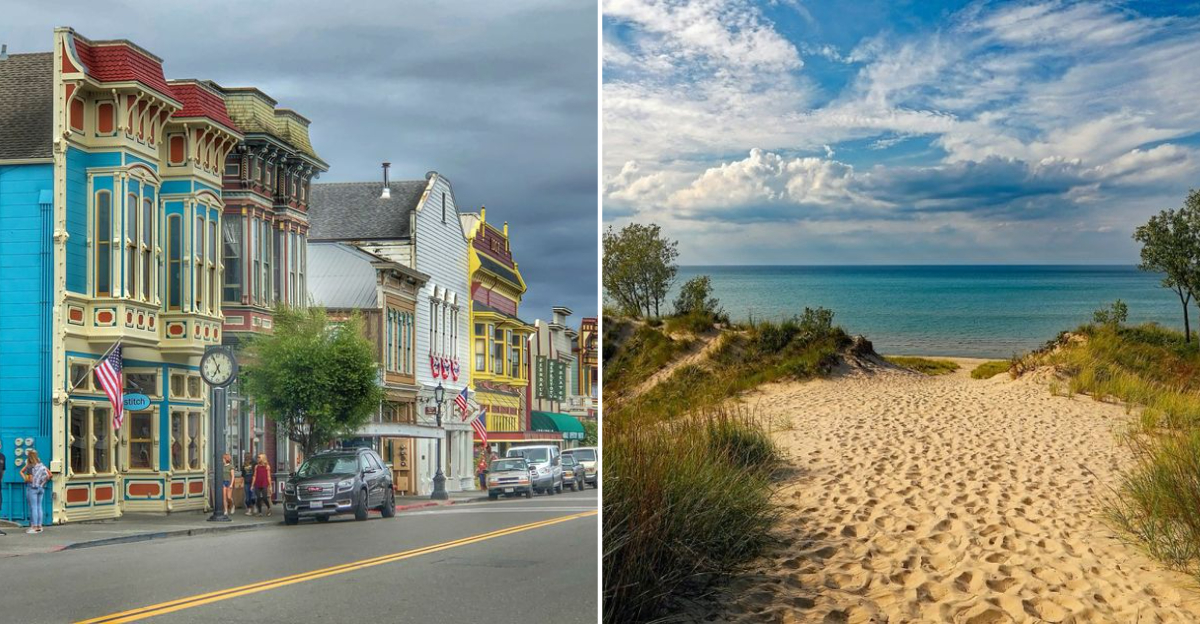
Tucked away in Humboldt County, Ferndale is a tiny California treasure that looks like it stepped straight out of the 1800s.
Known as the Victorian Village, this charming town has kept its historic buildings, old-fashioned storefronts, and classic architecture perfectly preserved.
Locals love their town exactly as it is and work hard to protect its timeless beauty from modern changes.
Main Street Historic District
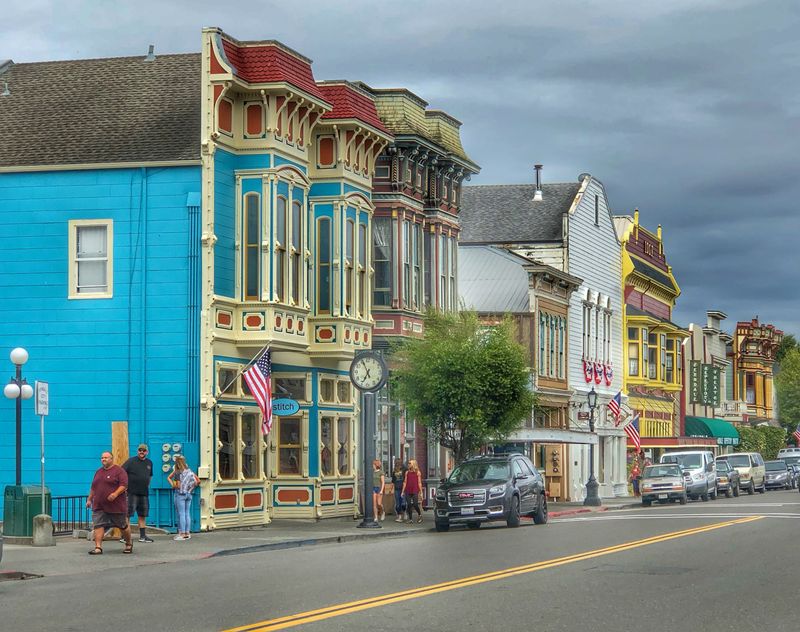
Walking down Main Street feels like time-traveling back to the 1890s. Colorful Victorian storefronts line both sides of the road, their ornate wooden trim painted in cheerful shades that would make any Instagram filter jealous.
Every building tells a story from over a century ago. Shop owners have carefully maintained the original architecture, keeping most facades historically accurate while allowing subtle modern updates behind the scenes.
The street stays car-friendly but pedestrian-focused, letting visitors stroll at a leisurely pace. Locals fiercely protect every detail, from vintage lampposts to hand-painted signs, helping ensure this National Register–listed historic district remains one of California’s best-preserved small-town main streets.
Gingerbread Mansion Inn
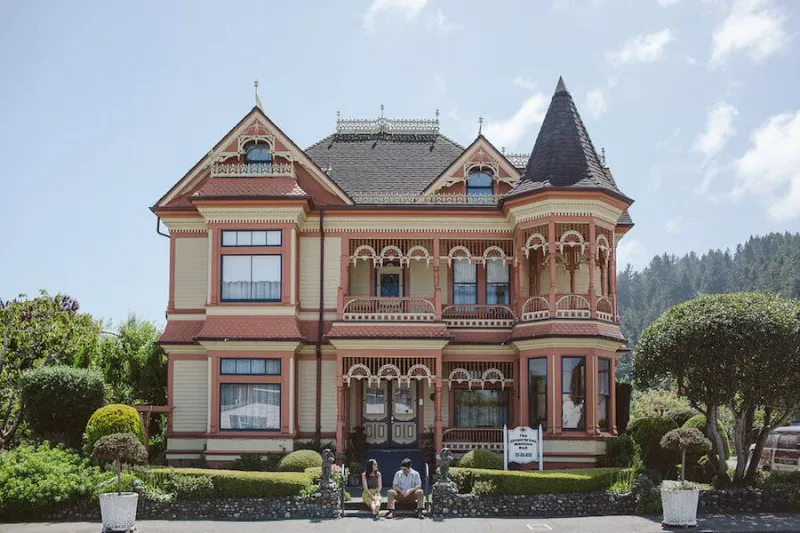
Built in the late 1890s (often cited as 1899), this jaw-dropping mansion earned its sweet name honestly. The intricate wooden details look good enough to eat, with layers of decorative trim resembling frosting on a giant cake.
Four towering turrets reach toward the sky, each one more elaborate than the last. The inn showcases Queen Anne and Eastlake architectural styles, boasting more fancy woodwork than a master carpenter’s dream.
Guests sleep surrounded by authentic period furnishings and original craftsmanship. Preservationists consider this building a crown jewel, and locals would probably form a human chain before allowing anyone to alter a single shingle.
Victorian Inn
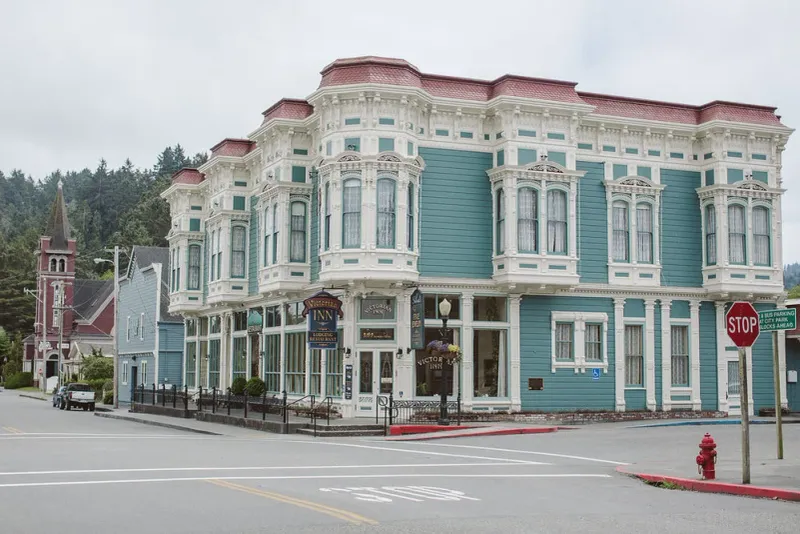
Built in the early 1890s, this grand inn has welcomed travelers for over 130 years. Its stately presence anchors the downtown area like a dependable old friend who never changes their phone number.
Original hardwood floors creak pleasantly underfoot, reminding guests of the countless footsteps that came before. High ceilings and tall windows flood rooms with natural light, showcasing craftsmanship that modern construction rarely matches.
The building operates as a working hotel, proving historic structures can remain functional without sacrificing character. Ferndale residents take enormous pride in this landmark, viewing its continued operation as proof their preservation efforts work beautifully.
Ferndale Museum

History buffs hit the jackpot at this community treasure trove. The museum houses everything from vintage farming equipment to Victorian-era clothing, documenting how early settlers built this remarkable town from scratch.
Blacksmith tools, old photographs, and period furniture fill the exhibition halls. Each artifact whispers stories about dairy farmers, merchants, and families who shaped Ferndale’s identity generations ago.
Volunteer docents share fascinating tales with infectious enthusiasm, making dusty history feel surprisingly alive. The collection grows constantly as locals donate family heirlooms, ensuring future generations understand why preserving their town matters so deeply to current residents.
The Old Steeple at Ferndale Music Company

Hallelujah for creative reuse! This 1901 former Methodist church now serves as an acclaimed live-music venue known as The Old Steeple. The soaring steeple still points heavenward, but nowadays it watches over concerts rather than choir practice.
Original stained glass windows still adorn the interior, casting colorful patterns during performances. The sacred space transformed beautifully into an entertainment venue without losing its spiritual atmosphere or architectural integrity.
Musicians appreciate the excellent acoustics those old builders accidentally created. This successful adaptation proves historic buildings can evolve their purpose while keeping their soul intact, a philosophy Ferndale embraces wholeheartedly.
Ferndale Historic Cemetery

Dating back to the 1860s, this peaceful resting place holds the town’s founding families. Weathered headstones bear names still seen on local businesses, creating a direct connection between past and present that few communities can match.
Ornate Victorian monuments showcase the stone-carving artistry of earlier times. Some markers feature touching epitaphs, while others display symbols revealing the deceased person’s profession or beliefs.
Visitors often wander the shaded pathways, reading inscriptions like chapters in Ferndale’s story. The cemetery remains lovingly maintained, demonstrating how residents honor those who built the town they’re determined to preserve unchanged.
Russ Park
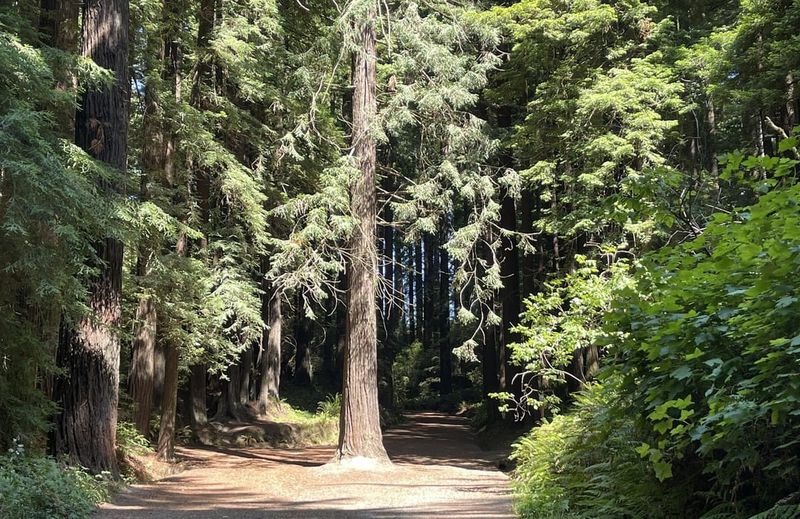
Nature lovers flock to this urban sanctuary like, well, birds to a bird sanctuary. Russ Park offers peaceful trails winding through native vegetation, providing a green escape right inside town limits.
Designated by the city as a forest and bird preserve, the park attracts feathered residents year-round. Bring binoculars and patience, and you might spot species rarely seen elsewhere in the area.
Families enjoy easy walking paths suitable for all ages and fitness levels. The park represents Ferndale’s commitment to preserving not just buildings but also natural spaces, recognizing that authentic small-town character includes protecting local ecosystems alongside Victorian architecture.
Centerville Beach County Park

Gateway to the legendary Lost Coast, Centerville Beach stretches wild and windswept along the Pacific. Massive driftwood logs scattered across black sand create a dramatic landscape that photographers absolutely adore.
The beach lies about five miles west of Ferndale and is part of a Humboldt County park area with parking and limited facilities but no commercial development. Strong waves crash against the shore with hypnotic rhythm, while seabirds wheel overhead calling to each other.
Locals treasure this untamed coastline as fiercely as their Victorian downtown. The beach embodies Ferndale’s preservation philosophy perfectly—some places should stay wild, rugged, and gloriously unchanged despite pressure to tame them.
